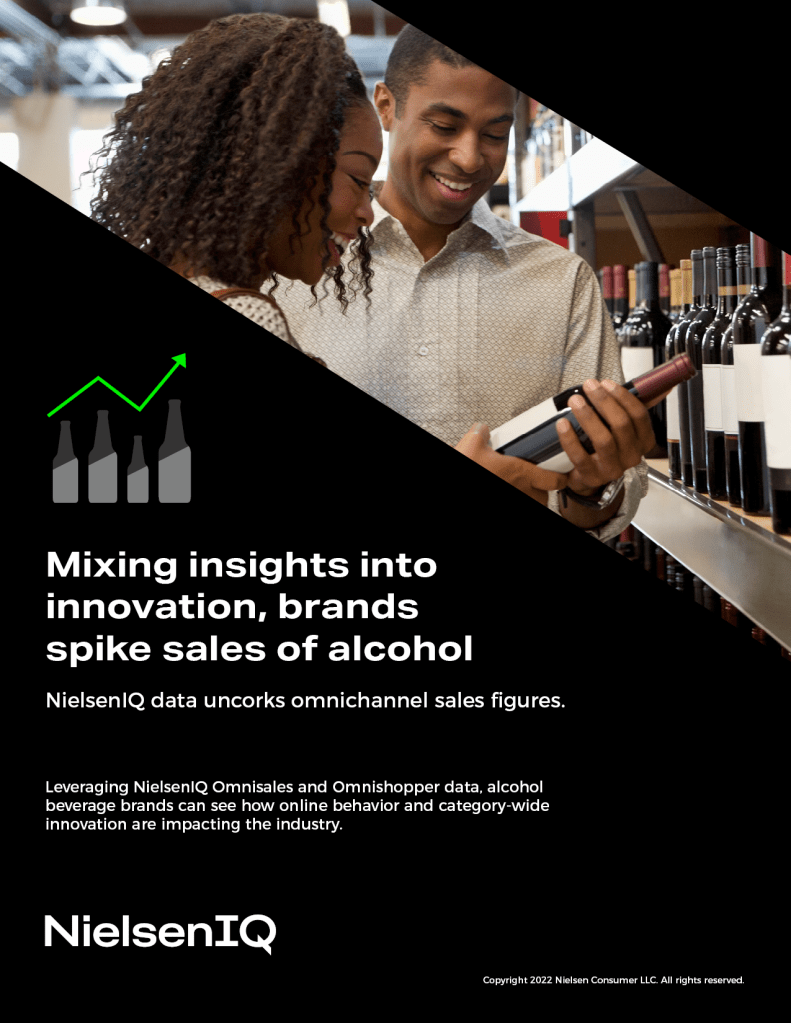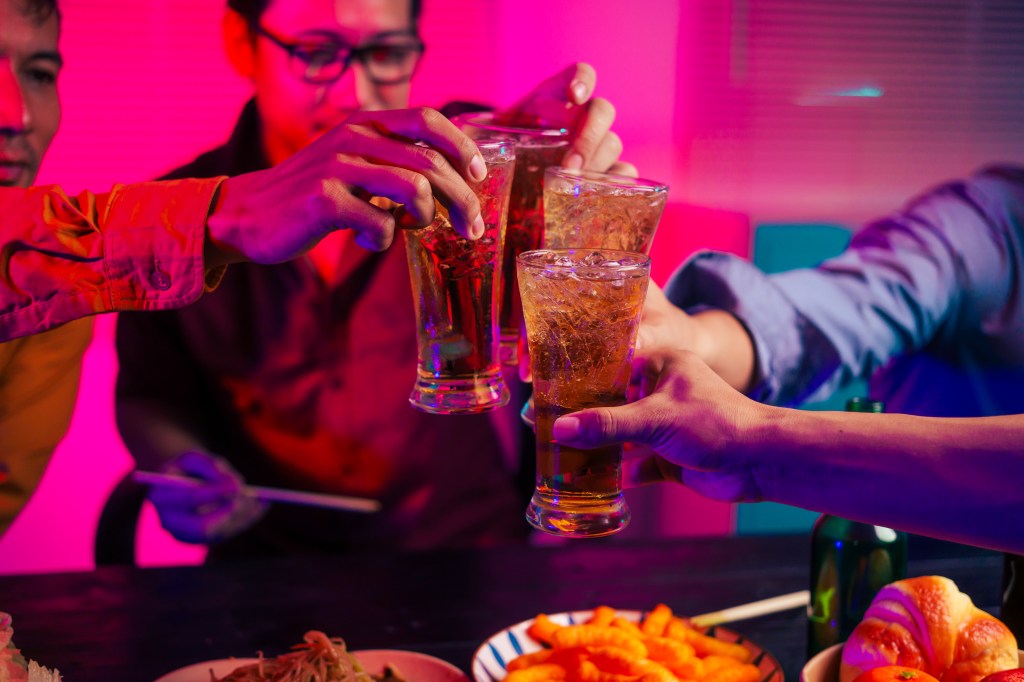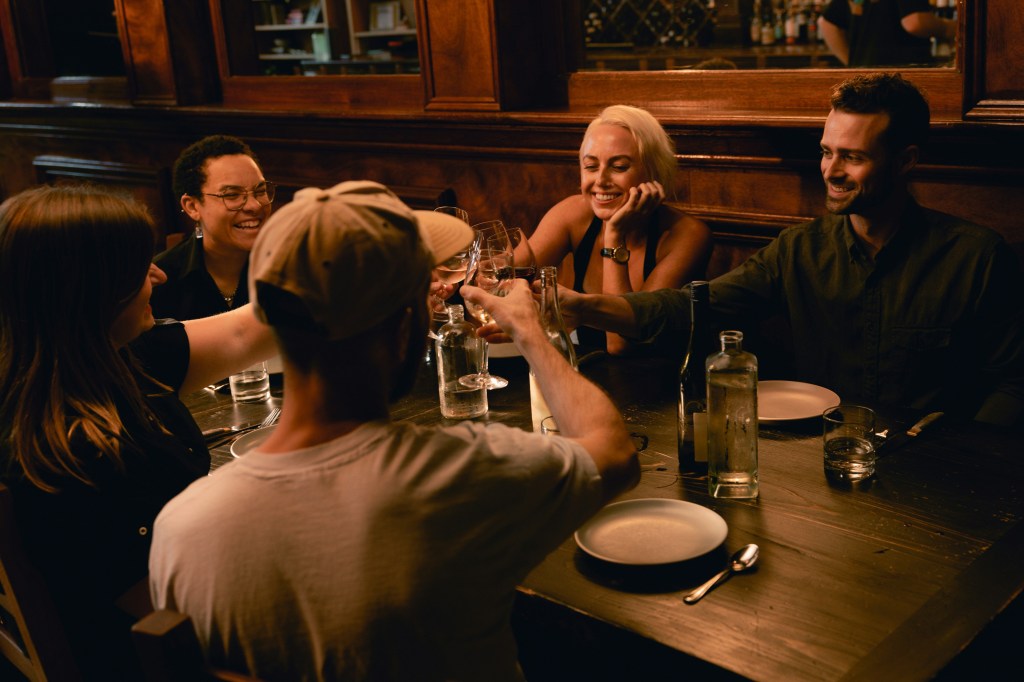Alcohol brands adapt to changing consumer behavior
As of December 2019, 81% of consumers had never purchased groceries online before, according to NielsenIQ Omnishopper data. The total number of online grocery customers, which includes sales of food and alcohol, grew from 16.1 million to 45.6 million by June of 2020. NielsenIQ Omnisales data shows total alcohol sales reached $91.3 billion for the 52 weeks ending July 30, 2022.
With such a significant shift in buyer behavior, alcohol manufacturers are rethinking how they measure and track performance. Our latest report, “Mixing insights into innovation, brands spike sales of alcohol,” takes an in-depth look at the circumstances of alcohol’s rapid growth, its sales drivers, and why omnichannel measurement is so critical for alcohol brands in the current environment.
Consumers embrace delivery and “healthier” claims
More consumers than ever are now buying their alcohol via curbside pickup and delivery, which were virtually untapped channels for the category prior to COVID-19.
More than half the country eased restrictions around alcohol during the pandemic to enable delivery, even allowing restaurants to serve to-go cocktails. Though brick-and-mortar alcoholic beverage sales still far outpace the e-commerce channel, shipped, delivery and curbside pickup are growing fast.
For example, $1.5 billion in wine sales were served through shipped and delivery channels for the 52 weeks ending July 30, 2022. Contributing to this online shopper shift in alcohol are apps like Drizly, Doordash, and Instacart, which give consumers another convenient way to have their alcohol delivered.
When third party apps partner with retailers to sell and deliver alcohol, it broadens the reach of small brands. As of November 2021, Instacart said that its alcohol delivery was reaching nearly 75% of total U.S. households.
The online retail revolution in alcohol is undoubtedly driving sales, and brands are getting creative with product innovations to expand their portfolios. There’s been increasing consumer demand for craft cocktails, hard seltzers, and ciders. Seltzers started out with brands like White Claw and Truly, and the category has since expanded to include launches from legacy brands like Bud Light and Corona. In total, sales of hard seltzers climbed to nearly $4.4 billion through 52 weeks ending Aug. 13, 2022—up from nearly $3.4 billion two years ago.
There’s also been a rise in alcoholic beverage launches that target certain attributes, such as low alcohol or no alcohol, in response to the surge in consumer focus on health and wellness. Alcohol brands have begun testing launches of better-for-you beverages that have lower alcohol levels, fewer carbohydrates, or are gluten-free.
An emerging consumer focus on attributes means manufacturers need new granular ways to analyze performance across channels. NielsenIQ’s omnichannel solutions can help brands see a sales breakdown by channel, category and these deep sub-category listings. This kind of data can help spirits manufacturers capture new omnichannel shoppers.
For an alcohol brand, even the slightest shift in online shipped and delivery sales can grow their business. Being able to track these shifts can give them a distinct advantage over competitors who can’t.
Dive into alcohol data insights
Alcohol is one of the biggest sectors in grocery and is poised to continue growing and changing. How should emerging brands approach such a broad and crowded category? Download the NielsenIQ category case study, “Mixing insights into innovation, brands spike sales of alcohol,” to learn more about the inner workings of alcohol today and what shopper shifts to look out for in the future.
The report shows alcohol brand marketers how NielsenIQ omnichannel data works in action. Brands can see examples of insights from NielsenIQ Omnisales and Omnishopper data and how they can be used to understand consumer habits and grow sales across any channel.




